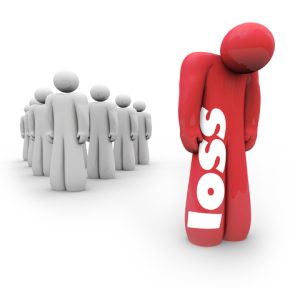“Entering the Unknown”
May 14, 2012
I ran into my neighbor’s son yesterday and he told me that he was graduating from high school. When I asked him if he was excited about going to the university, he admitted he was nervous. It is out-of-state and he will know nobody.
The fear of the unknown.
As we journey through our years of life, we have many new beginnings that we will encounter, some big and some small. Some we choose and some we don’t. Our first day of kindergarten, our first kiss, our first menses. Our first fender-bender, marriage, house, baby and loss of a job or loved one…. The diagnosis of a disease or serious illness. At first, we don’t know where to start or what to expect with each of these new beginnings.
Some things turn out easier than expected, and some end up being more difficult. Many things happen to us that are unpredictable and out of our control. We need help to figure things out, find it through a variety of means, and most of the time we learn how to manage.
As we proceed, the unknown becomes more known and the fear becomes less fearful.
A huge new beginning in my life was the onset of multiple sclerosis in 1980. Anyone dealing with MS knows it requires constant learning and adjusting to new obstacles, lifestyles, and goals. This incurable, complicated, and unpredictable neurological disease is a full-time job with many new beginnings in itself and lots of unknowns to face.
But I learned the ropes in managing it so that I could enjoy life, despite the setbacks. Along the way I also had to achieve other things in life, such as motherhood, career changes, moving across the country and having to live on my own for three years while in a wheelchair.
Now I am involved with another new beginning. I chose to become an author and write a book. Recently published, I wrote Managing MS: Straight Talk from a Thirty-One-Year Survivor for the primary goal of helping persons dealing with multiple sclerosis. I get up close and personal when I share my experiences and expertise from my own life’s journey in this handbook.
Once again, this new frontier to explore has been a big challenge. The world of publishing and marketing books has changed drastically in recent years because of social media. I’m slowly transforming from a dinosaur to a new chick in this technological arena and it hasn’t been easy.
Though frustrating, I’m not afraid of the unknown anymore. I will read, experiment, and ask for help when needed in learning how to accomplish my mission.
I so desperately want to succeed, but I’ve also learned to be patient and just do my best. Life has taught me this, particularly a life living with MS.

